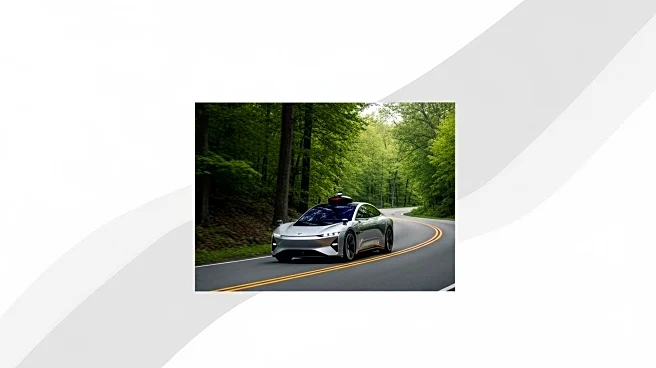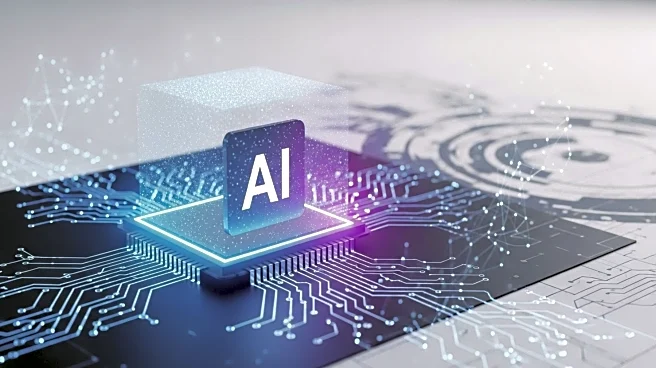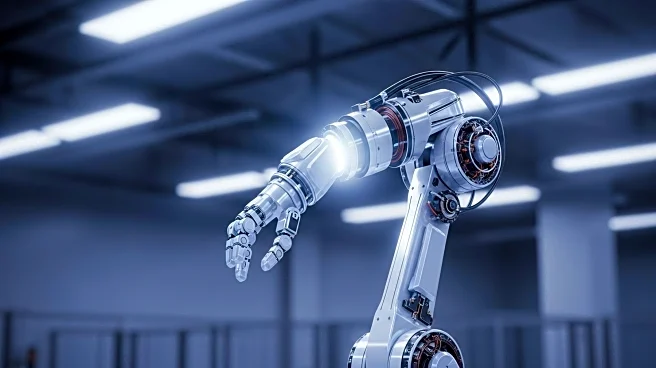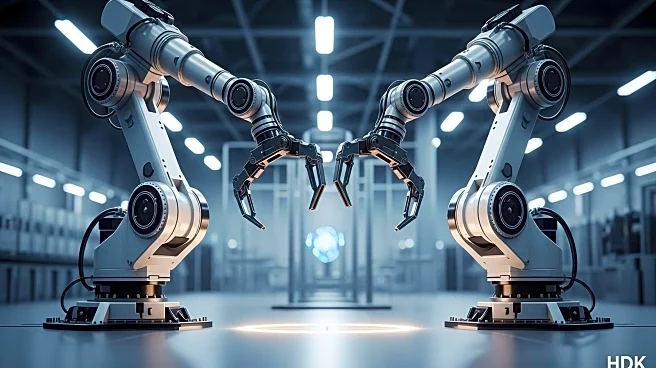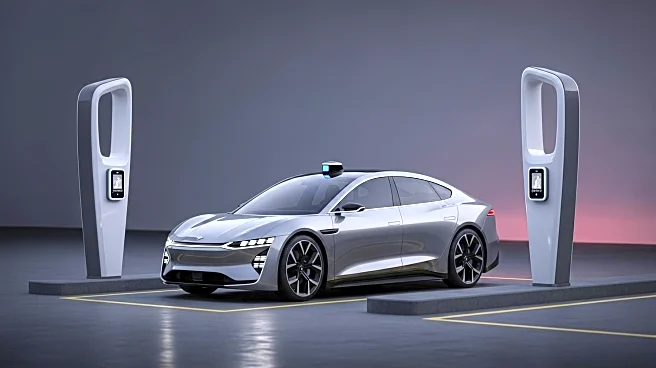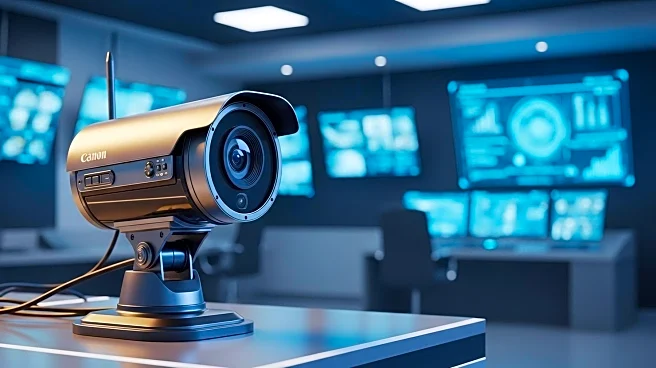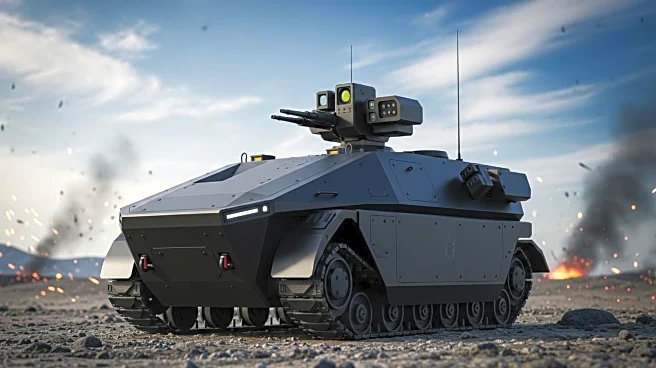What's Happening?
A new dual-branch pedestrian re-identification network, termed CPHMNet, has been developed to address challenges in pedestrian recognition tasks. This network is designed to handle significant scale variations and pose changes in pedestrian images, which are common due to different camera positions and viewing angles. Traditional methods often struggle with these variations, leading to limited recognition performance. CPHMNet employs a multi-dimensional feature fusion approach combined with integrated pose estimation to enhance the adaptability and accuracy of pedestrian re-identification. The network utilizes a dual-branch structure, where one branch focuses on pose estimation to correct identification challenges caused by pose variations, and the other employs a CBAM attention mechanism to emphasize significant features. This approach aims to improve the system's ability to handle appearance variations and enhance decision-making accuracy.
Why It's Important?
The development of CPHMNet is significant for industries relying on surveillance and security systems, as it promises improved accuracy in identifying individuals in complex environments. By addressing common issues such as occlusion, pose variation, and background noise, this method enhances the reliability of pedestrian recognition systems. This advancement could lead to more effective security measures in public spaces, transportation hubs, and private properties. Additionally, the integration of multi-dimensional feature fusion and pose estimation could set a new standard in the field of computer vision, influencing future research and development in pedestrian re-identification technologies.
What's Next?
The implementation of CPHMNet in real-world applications could lead to further refinements and adaptations of the model. Stakeholders in security and surveillance industries may explore integrating this technology into existing systems to enhance their capabilities. Additionally, further research could focus on optimizing the network's computational efficiency and exploring its application in other areas of computer vision, such as autonomous vehicles and robotics, where accurate human recognition is crucial.
Beyond the Headlines
The introduction of CPHMNet highlights the ongoing evolution of artificial intelligence in addressing complex visual tasks. This development underscores the importance of multi-disciplinary approaches, combining deep learning, computer vision, and attention mechanisms to solve real-world problems. The ethical considerations in using such technologies, particularly in surveillance, will continue to be a topic of discussion, emphasizing the need for responsible deployment and privacy protection.


